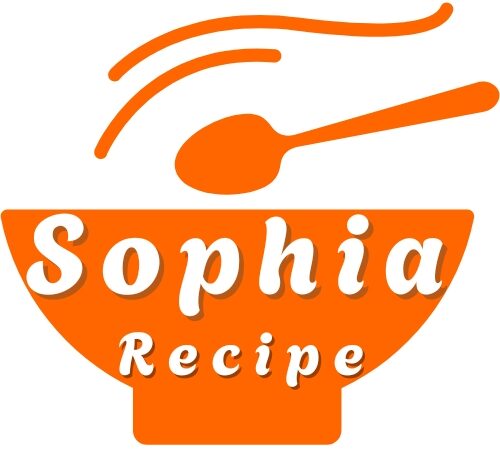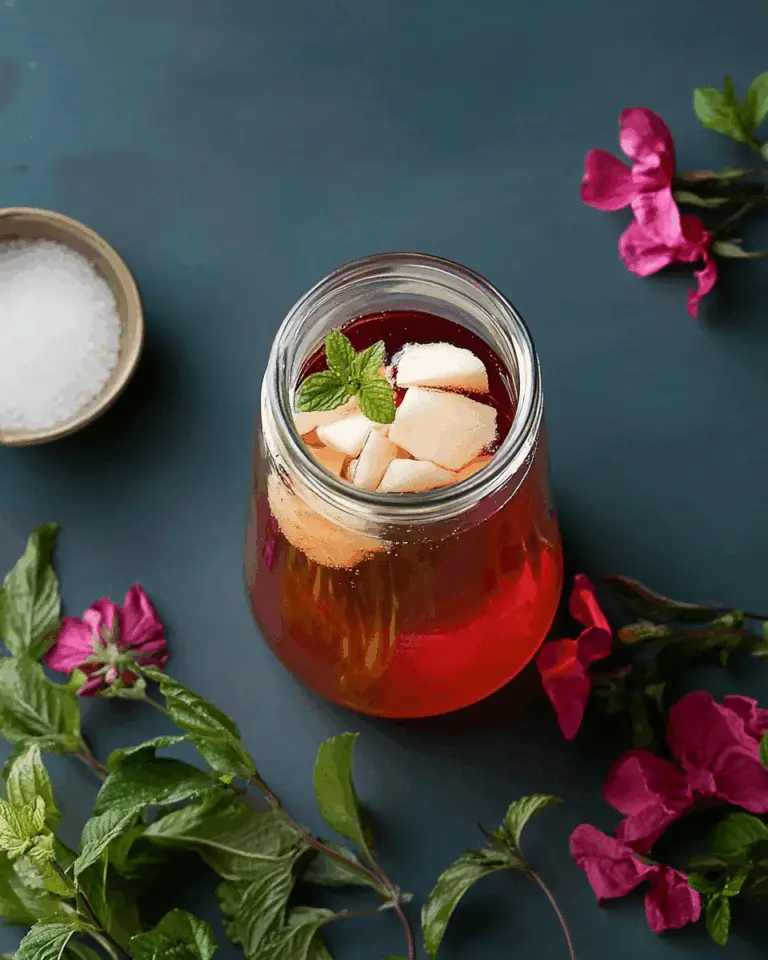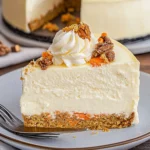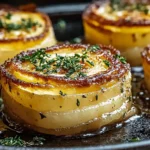Why This Recipe Works for Hummingbirds
The success of this homemade hummingbird nectar lies in its simplicity. The 1:4 sugar-to-water ratio mirrors what these birds are naturally attracted to in flowers. It delivers fast energy without overwhelming their digestive systems. Using pure, white granulated sugar ensures that the nectar is clean and safe. Unlike honey, which can ferment and develop dangerous molds, or brown sugar, which contains molasses and minerals that may be harmful to birds, granulated white sugar dissolves completely and mimics the carbohydrate content found in nature.
Water quality is equally essential. Using clean, preferably boiled or filtered water helps avoid contamination and bacteria buildup, particularly in hot weather. The process of boiling not only helps sugar dissolve but also reduces the risk of introducing harmful microorganisms into the feeder.
The Dangers of Common Additives
One of the biggest misconceptions in hummingbird care is that nectar must be red or brightly colored to attract the birds. This has led many to add red food coloring to their homemade nectar or to rely on store-bought brands with artificial dyes. However, studies and ornithologists have raised concerns about the long-term effects of synthetic dyes, as these can accumulate in a bird’s system and potentially lead to health problems.
Fortunately, hummingbirds are naturally drawn to the red and pink hues of feeders themselves, not the color of the liquid. So, if your feeder has red elements, there is absolutely no need to add color to the nectar. Clear nectar is not only safer but also easier to monitor for signs of spoilage.
Avoiding honey and artificial sweeteners is just as important. While honey is a natural substance for humans, when mixed with water and left in a feeder, it can quickly ferment and support the growth of harmful molds and fungi. Artificial sweeteners, on the other hand, offer no nutritional value to hummingbirds and can be toxic in larger quantities.
Placement and Maintenance of Feeders
Even the best nectar recipe needs the right presentation. Placing the hummingbird feeder near flowering plants, shaded spots, or areas with minimal foot traffic helps encourage visitation while keeping the birds safe from predators. Shady areas also slow down nectar spoilage in warm weather. Positioning feeders near windows offers a great view but may require the use of window decals or guards to prevent accidental bird collisions.
Maintenance is essential. Nectar that sits too long—especially in hot, sunny weather—can ferment, grow mold, or host harmful bacteria, all of which are dangerous to hummingbirds. As a rule of thumb, replace nectar every 2–3 days in summer and every 5–7 days in cooler months. If you notice cloudiness, a sour smell, or floating particles, it’s time to discard and clean the feeder.
Use warm, soapy water for cleaning, and rinse thoroughly before refilling. Never use bleach or harsh chemicals, as residue can be toxic to birds. A small bottle brush helps clean narrow feeding ports, which can otherwise harbor mold and debris.
Storing Extra Nectar and Preparing Ahead
Because the recipe is so simple, many bird lovers opt to make larger batches and store the extra in the refrigerator. You can safely store the cooled nectar in a tightly sealed glass jar for up to two weeks. Always inspect refrigerated nectar for any odd odors or cloudiness before using.
Having extra nectar on hand makes it easy to refill feeders quickly, especially during peak migration seasons when your garden may be busier than usual. Offering a consistent supply of clean nectar helps hummingbirds conserve energy, particularly during long journeys when food sources can be unpredictable.
Encouraging a Hummingbird-Friendly Habitat
While feeders are wonderful, nothing compares to the allure of natural food sources. To complement your hummingbird nectar feeder, consider planting native nectar-rich flowers such as bee balm, cardinal flower, columbine, salvia, and trumpet vine. These plants not only provide nourishment but also shelter and nesting materials for hummingbirds.
Providing a shallow water source, such as a misting fountain or birdbath with moving water, will further enhance your backyard as a hummingbird sanctuary. Avoid using pesticides in your yard, as these chemicals can harm both the birds and the insects they feed on for protein.
Educational and Emotional Rewards
Inviting hummingbirds into your backyard is not just about feeding birds—it’s about fostering a connection to nature. Watching these tiny, jewel-toned creatures dart between blossoms and feeders can offer a moment of peace and wonder in the middle of a busy day. It’s also an educational opportunity for families, especially children, to learn about wildlife, ecosystems, and the importance of caring for our environment.
Maintaining a hummingbird feeder helps establish daily routines around observation and caretaking. Over time, many hummingbirds recognize consistent feeding spots and return to the same locations year after year, forming an invisible but special bond between bird and human.
Conclusion
This Hummingbird Nectar Recipe is a perfect example of how simplicity can yield powerful results. With just two ingredients—sugar and water—you can create a nourishing, safe, and highly effective source of energy for hummingbirds that visit your yard. It’s a cost-effective, chemical-free way to support local wildlife while enjoying the beauty and activity these birds bring to outdoor spaces.
From understanding the science behind the ideal nectar ratio to learning how to maintain feeders safely, this recipe empowers you to become a more informed and compassionate bird host. Whether you’re an avid bird watcher or just beginning to welcome wildlife into your garden, offering homemade hummingbird nectar is a gratifying step toward connecting with nature in a meaningful and impactful way.
Keep it clean, keep it simple, and enjoy the fluttering reward of your efforts all season long.






